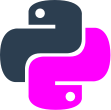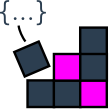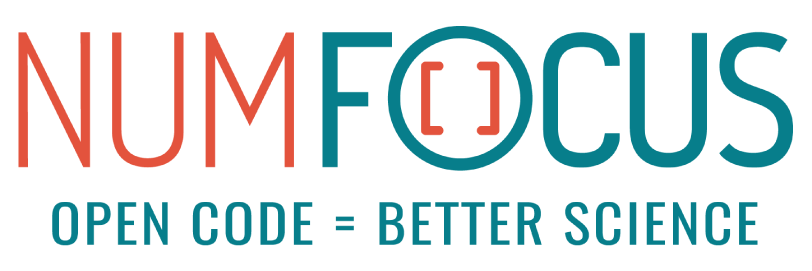For Researchers
QuTiP is a robust open-source Python framework for simulating quantum systems. It is widely adopted in the fields of quantum optics, open quantum system dynamics, and quantum information science. With a focus on efficiency, an intuitive API, and rich visualization tools, QuTiP enables rapid prototyping and testing of complex physical models. Backed by a strong community all over the world, extensive documentation and tutorials, QuTiP has established itself at the forefront of quantum physics research.
3700+ citations
Check out some selected papers and how they are making use of QuTiP.
If you enjoy using QuTiP in your research, let us know! Send us a Juptyer Notebook of your work to feature on this page.
Or check out previous submissions here.
-
Realization of High-Fidelity CZ and ZZ-Free iSWAP Gates with a Tunable Coupler
Y. Sung, L. Ding, et al.,
Phys. Rev. X 11, 021058 (2021)
›
-
Quantum dot single-photon sources with ultra-low multi-photon probability
L.H. Hanschke, K.A. Fischer, et al.,
npj Quantum Information 4, 43 (2018)
›
-
Scattering into one-dimensional waveguides from a coherently-driven quantum-optical system
K.A. Fischer, R. Trivedi, et al.,
Quantum 2, 69 (2018)
›
-
Ultrastrong coupling between light and matter
A.F. Kockum, A. Miranowicz, et al.,
Nature Review Physics 1, 19-40 (2019)
›
Technical Features
QuTiP is optimized for performance, completely open-source and tested by thousands of users.

Open Source Python Library
QuTiP is the original quantum framework written in Python; the most widely used programming language in the quantum sciences. Python's straightforward syntax allows for constructing, manipulating, and evolving quantum objects using QuTiP with just a few lines of code. Easy to learn, and 100% open-source.

Various Solvers
QuTiP includes a variety of builtin solvers for dynamical simulations. In addition to the standard Lindblad and Monte Carlo Solvers, QuTiP includes routines for Bloch-Redfield evolution, periodic systems using the Floquet formalism, and stochastic solvers. Add to this, steady state analysis and non-Markovian techniques, and you have a wide variety of tools from which to explore your systems behavior.

Visualizations built in
From Bloch spheres to nonlinear colormaps for Wigner functions, QuTiP includes a host of built-in visualization routines that help bring your data to life. Our plotting utilities have been used by Fortune 500 companies, government research labs, and countless research groups around the globe. If you don't look good, we don't look good.

Compiled to C++
A wide range of time-dependent evolution simulations can be runtime compiled into C++ behind the scenes using Cython. Thus, you get the ease of use of the Python programming language, and the performance of compiled code, all for free. What can be better than that?

Proven and Tested
QuTiP is thoroughly tested, both by its thousands of users, and by the large collection of built in test scripts. QuTiP includes over a thousand such tests, covering nearly all of the builtin functions. These tests are run over and over again during development to make sure that the results you get from QuTiP are in fact the correct answers.

Multiprocessing Ready
QuTiP is capable of leveraging the multiprocessing power inside every modern computer. Taking advantage of the Python multiprocessing library, OPENMP, SSE3 processor extensions, and the Intel MKL, if available, allows for faster manipulation of quantum objects, and increased performance of evolution equations, without any work at all.
Supporting Organisations
Developers from Nori's Lab, Blais' Lab and Yueh-Nan Chen's group have been actively contributing to QuTiP.
QuTiP is proud to be working with these organizations:
We also thank Google for their support through the Google Summer of Code program.
Look at our past projects.











